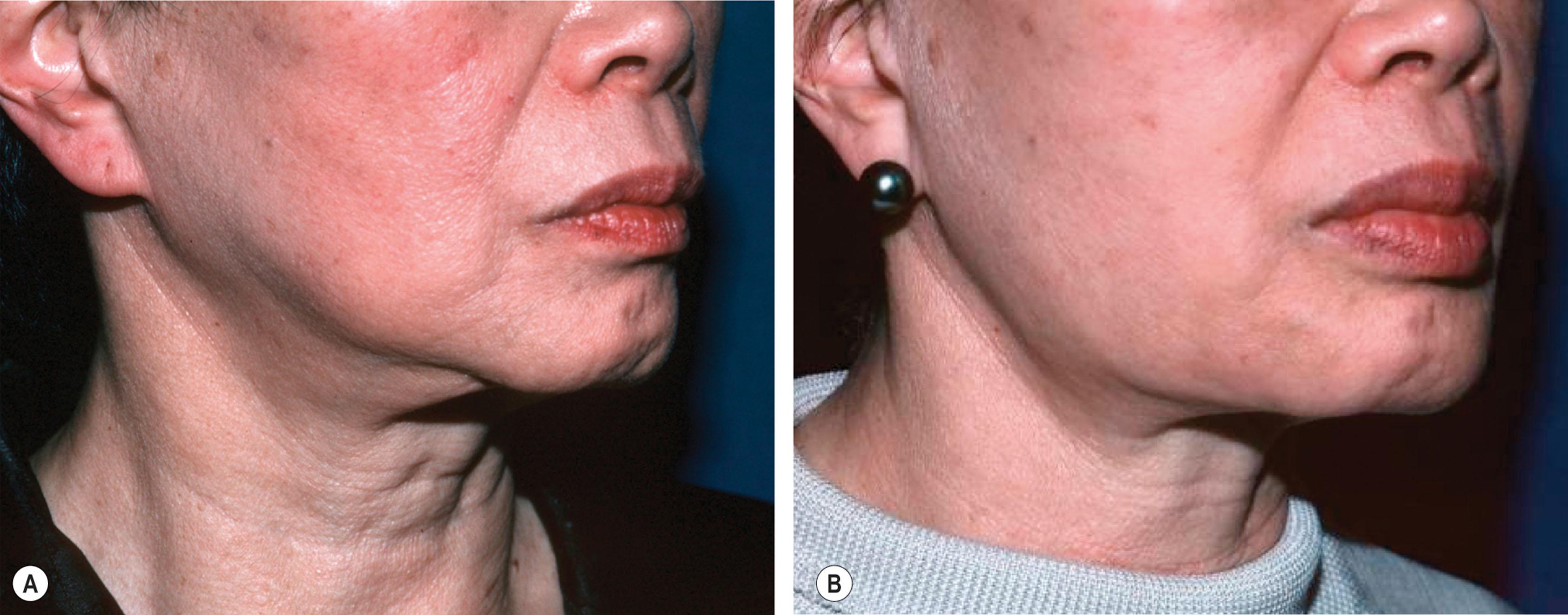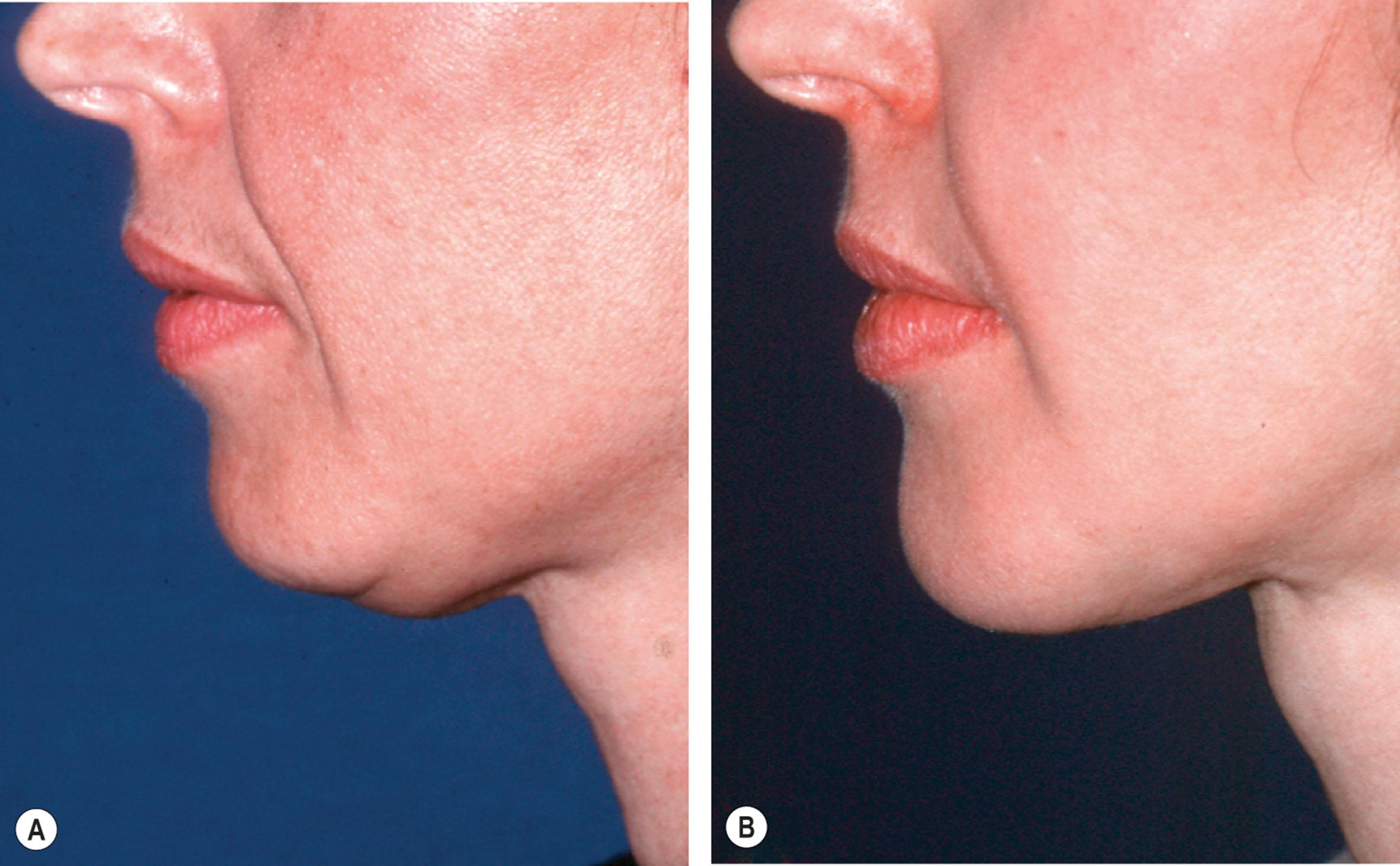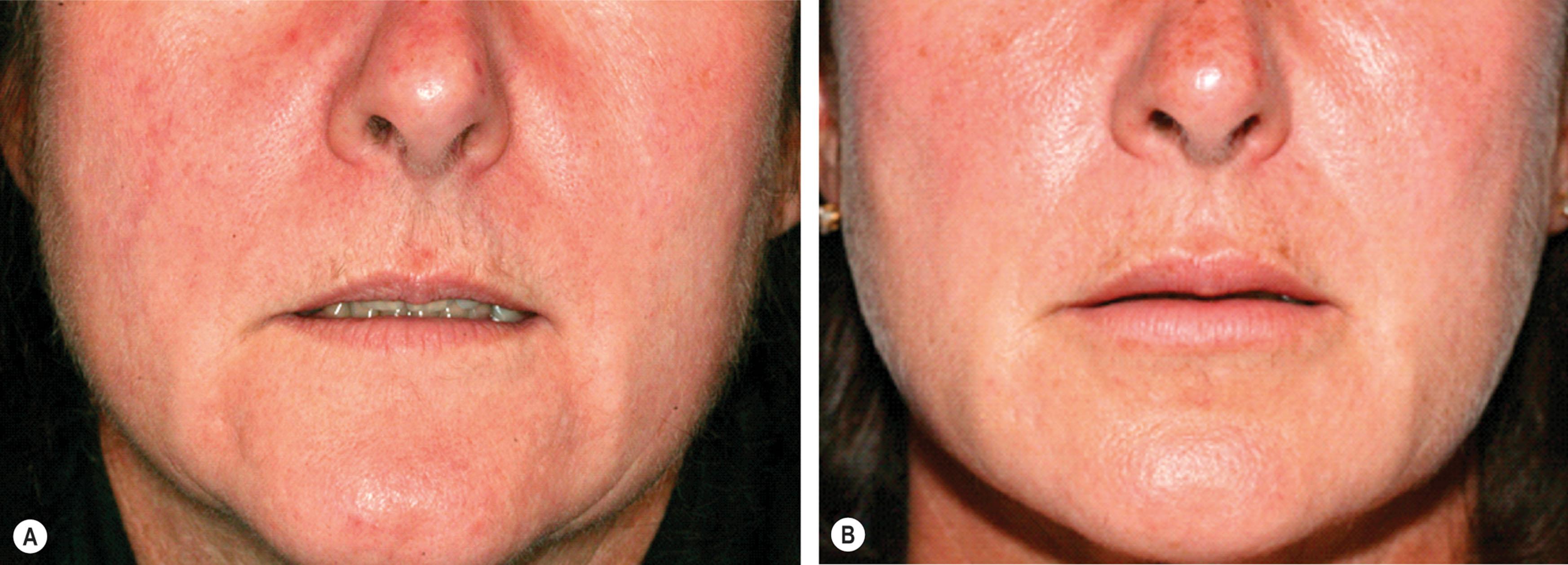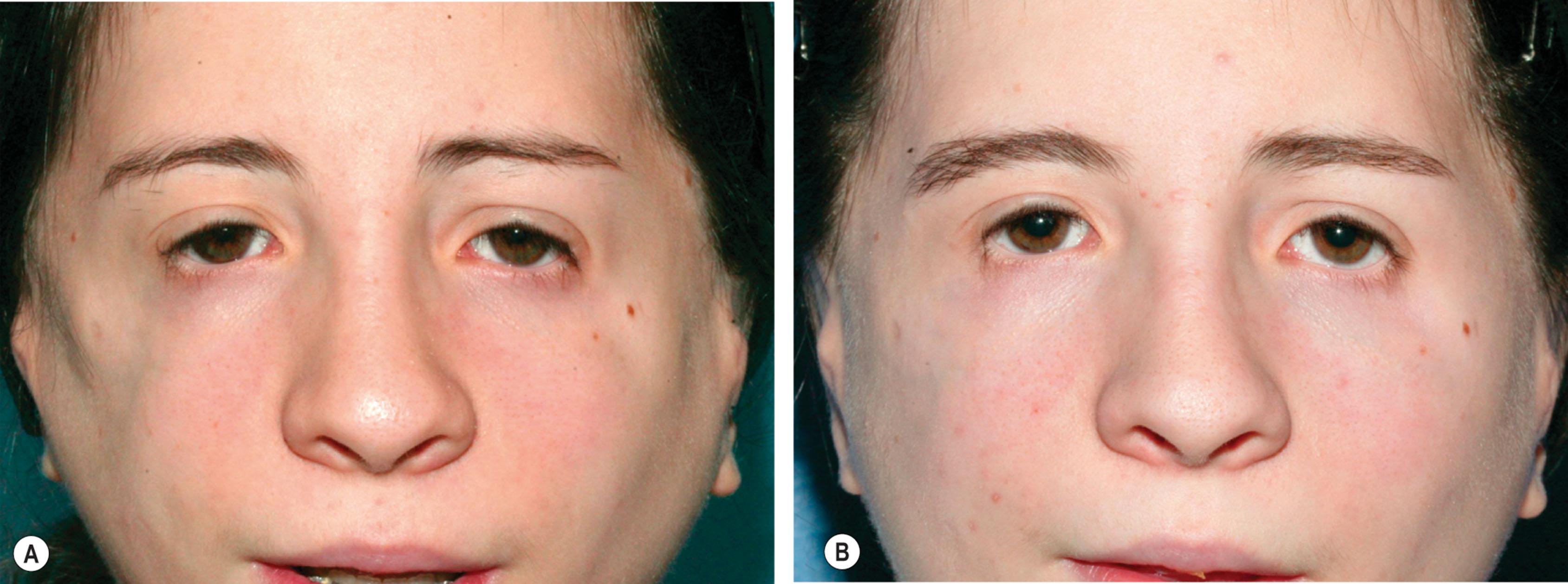Physical Address
304 North Cardinal St.
Dorchester Center, MA 02124
Facial aging is characterized by fat atrophy and gravitational descent of facial soft tissue.
Careful facial analysis and planning are key for success.
Fat grafting offers a minimally invasive technique to improve facial aesthetic and skin quality.
The Coleman technique for harvesting, processing, and grafting, provides a reliable strategy for consistent results.
Access video and video lecture content for this chapter online at Elsevier eBooks+ ![]()
![]()
Autologous fat grafting has greatly evolved since its first description in 1800s by Gustav Neuber, where he transplanted fat from the arm to the lower orbit to correct depressed and adherent scars. In the early 1900s, Eugene Holländer used a mixture of human and ram fat heated to body temperature to correct facial lipoatrophy. The German maxillofacial surgeon Erich Lexer published a two-volume book in 1919 that devoted 300 pages to fat grafting for the treatment of various pathologies including facial trauma sequelae and hemifacial microsomia. Sir Harold Gillies described in 1920 the use of fat parcels for the reconstruction of facial wounds. However, the increasing evidence of fat reabsorption and oil cyst formation leading to unreliable, hard, and fibrotic tissue discouraged the popularization of this technique. Surgeons started relying on other filler products (e.g., silicone, paraffin, celluloid, gutta-percha, or rubber sponges) to fix facial contour abnormalities. Charles C. Miller was one of the first US cosmetic surgeons to describe the use some of these fillers to correct facial aesthetic defects like crow’s feet and nasolabial folds. He also described in 1926 infiltration of a piece of fat (harvested from the abdomen) into facial defects using a special screw piston syringe.
A major milestone for fat grafting was the introduction of liposuction in the 1980s by Pierre Fournier and Yves Gerard Illouz. Liposuction not only allowed harvesting of adipose tissue in a safer and more minimally invasive manner but also allowed use of a fat product that was more liquid-like, making infiltration easier and more homogeneous. Despite this great innovation, fat graft survival remained a major issue due to the variable fat reabsorption rate. It was not until Sydney Coleman introduced his technique in 1994 that fat grafting became a more reliable and reproducible option to improve facial aesthetic defects. The key tenets of the Coleman technique are aspiration of small fat aliquots, processing of the fat using centrifugation, removal of unwanted components of the lipoaspirate (i.e., local anesthetic, oil, blood, and other noncellular material), and infiltration of the fat as small aliquots.
Facial fat grafting is a very helpful tool in the reversal of facial aging. The youthful face appears fuller due to colloidal fluid held in place by a combination of hyaluronic acid, hormones, proteins, and other factors. With aging, these factors are gradually lost and the surrounding fullness disappears. In turn, the facial fat deposits (eyelids, cheeks, above the nasolabial folds, jowl) as well as underlying structures (e.g., submandibular glands and facial skeleton) become more prominent. These changes are further complimented by fat atrophy, loss of skin elasticity, and the gravitational descent of skin, muscle, and fat. González-Ulloa et al . have provided us with great insight on the effects of senility on fat atrophy as the primary factor in aging, and they encouraged plastic surgeons to find ways to reverse fat atrophy by means of facial augmentation. Rohrich and Pessa described the presence of deep and superficial facial fat compartments, and how aging is associated with loss of volume in these compartments. Coleman along with many others have advocated for facial fat grafting to reverse the signs of facial aging, restore the youthful contours of the face, and its intrinsic qualities of skin texture, elasticity, and color tone. Fat grafting allows us to address the atrophic changes caused by age in a minimally invasive, safe, effective, and long-lasting manner. This chapter examines the practical aspects involved in the decision-making and technique for facial rejuvenation using autologous fat grafting ( ![]() &
& ![]() ).
).
A detailed history and physical examination should be performed. The first step is to understand the patient concerns and goals of the surgery. A clear explanation of the areas of the face that concerns them is paramount to understand if this problem should be tackled with fat grafting alone or other procedures (e.g., facelift) too. Patients should be asked about prior facial trauma, medical treatments, or surgical procedures. They should be asked about body mass index (BMI), nutritional status, weight fluctuations and plans for future weight loss. Relevant past medical history includes tobacco use status, prior history of infections, prior surgeries, adverse events to anesthesia, prior cosmetic medical or surgical procedures, previous miscarriages, and a personal or family history of venous thromboembolism or bleeding disorders. Of note, prior liposuction or fat grafting can have a major impact on the quality and amount of available adipose tissue. If multiple rounds of fat grafting are planned, the harvesting sites should be strategically planned. Allergies should be noted, including reactions to analgesics and lidocaine (usually part of the tumescent solution). A thorough medication history should be obtained to determine if the patient is on anticoagulant or antiplatelet therapy.
After a general physical examination, the surgeon should focus on identifying good harvesting donor sites as well as conducting a thorough analysis of the face. Prior liposuction donor sites should be examined for amount of fat, contour deformities, skin quality and laxity. Facial analysis should be methodical, assessing for facial proportions, volume deficiencies and asymmetries, contour abnormalities, skin texture and quality. Special attention should be given to the temporal area, supraorbital area, malar region, nasolabial folds, lips, jawline, and neck. Fat atrophy will lead to skeletonization and hollowing of the face. The upper third is predominantly affected, while the mid and lower thirds predominantly demonstrate features of sagging. Blood vessels and muscles of facial expression become more visible, creating a frowning and scowling appearance with an increase in folds and lines in the forehead, glabellar, and periorbital regions. The combination of loss of fullness in the upper third of the face (forehead, temple, and brows) and loss of lateral support of the brow gives an illusion of brow ptosis and eyebrow shortening and lateral descent. Orbital and eyelid fat atrophy leads the eyes to become more deep-set with increased prominence of the inferior orbital rim and a sunken look. This eventually leads to dermatochalasis, elongation of the lid–cheek junction, and deepening of the tear trough, nasolabial folds, and marionette lines. Malar fat pad atrophy leads to malar skeletonization and increased prominence of the zygomatic arches. Fat atrophy around the lips leads to the orbicularis oris becoming more in contact with the vermilion and mucosa, enhancing perioral wrinkling and deflation of the lips. Changes seen in the upper lip are more variable and include overall lip narrowing, loss of visible vermilion, inversion, increase in maxillary incisor show, and window shade effect. Lower lip changes include deflation, inversion, flattening of the central pout, central depression loss, and increased mandibular incisor show. Lastly, fat atrophy and ptosis around the mandible creates a less-defined jawline and prominent jowls.
There are few contraindications to fat grafting to the face and body. The first contraindication is true for all procedures, which is poor patient health prohibiting anesthesia. Small areas of fat grafting can often be performed under local anesthesia, but anything involving more than a few milliliters of fat usually requires sedation. In addition, patients with unrealistic expectations are not good candidates for this or any other procedure. A contraindication specific for fat grafting is the extremely thin patient who does not have sufficient fat for transfer. Since large volumes of fat are generally not needed for the face, enough fat can usually be harvested in all but the most anorexic patient or muscle-bound body builder. For fat grafting to the hands, breasts, or body, significantly more fat is usually needed, and often there is a limit as to the correction that can be made given the paucity of fat in some patients. Asking the patient to gain weight prior to the procedure only makes sense if the patient is willing and able to maintain that weight afterwards.
In aging patients with a tremendous amount of loose, excess skin, fat grafting can be disappointing. These patients are either left with residual skin excess or if completely filled, may have an unusual appearance to their face. In these cases, it is usually advisable to first tighten the skin with a more traditional facelift and then to add volume with fat. The aging patient in Fig. 16.1 represents a typical patient that might present for a facelift. She is instead an excellent candidate for fat grafting to the face, particularly along the jawline and chin, where there is an apparent slight excess of skin secondary to deflation. The jowls and irregular jawline that are present and this degree of laxity in the neck can be improved significantly with fat grafting without any cutting or suspension techniques. By adding volume back into the face, the contours are improved and the skin is effectively tightened and lifted by radial expansion.

Younger patients usually do not have as much facial atrophy and subsequent sagging of the skin, but the overall appearance of the face can be changed drastically with a shift in facial proportions. The patient in Fig. 16.2 is an example of how a more balanced upper and lower lip and more defined chin can make the face look more balanced and attractive. The patient in Fig. 16.3 is an example of a chin augmentation in a younger patient to improve the overall facial proportions. The patient in Fig. 16.4 is an example of an upper and lower lip augmentation. Filling the lips gives her a much softer appearance.



Patients with more severe deformities such as those seen in Treacher Collins syndrome are excellent candidates for fat grafting. This is true despite the fact that the condition is complex, with both bony and soft-tissue abnormalities. The unusual facial contours present in Fig. 16.5 would be very difficult to address with anything other than fat, as different volumes can be tailored to the specific defects to create a more normal appearance.

Patients with facial lipoatrophy are also excellent candidates for fat grafting, regardless of the cause of their disease process. Like Treacher Collins syndrome patients (see Fig. 16.5 ), these patients have specific soft-tissue defects, making fat an ideal long-lasting filler. A temporary filler could theoretically be used in a patient such as this, but the volume of product that would be needed on a regular basis would likely be cost-prohibitive ( Fig. 16.6 ).

Become a Clinical Tree membership for Full access and enjoy Unlimited articles
If you are a member. Log in here